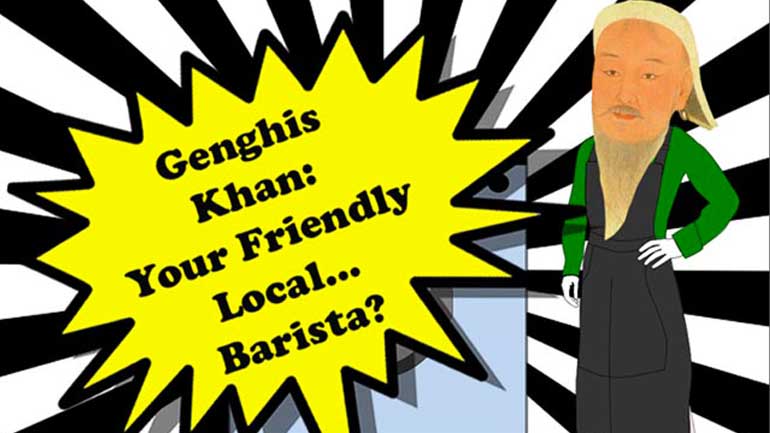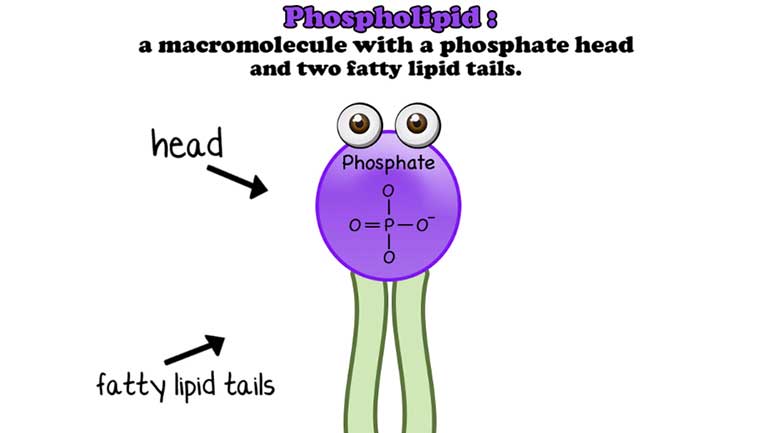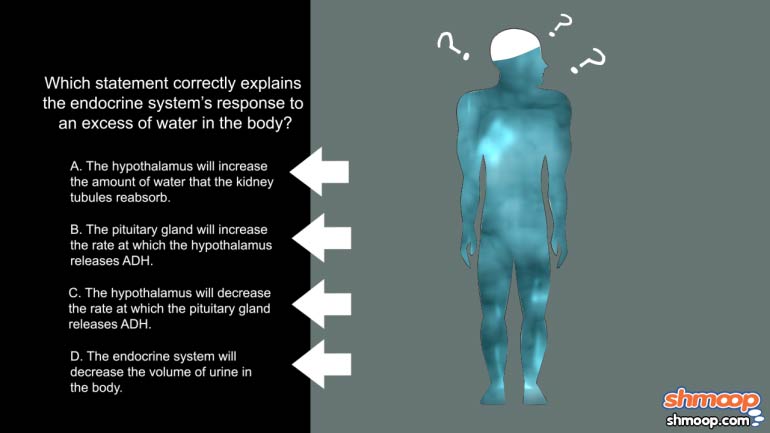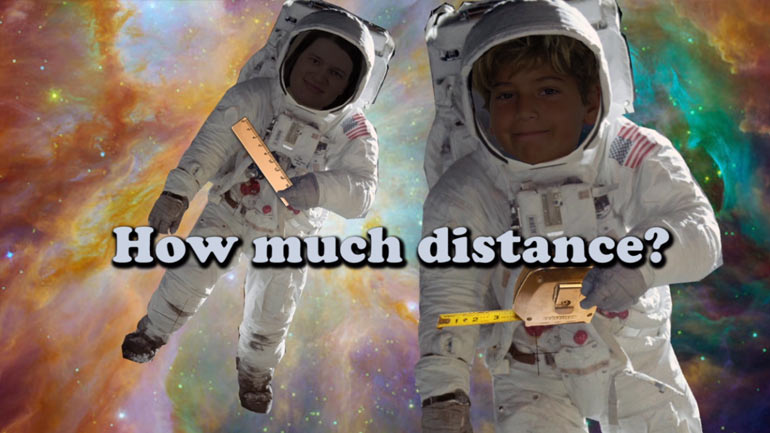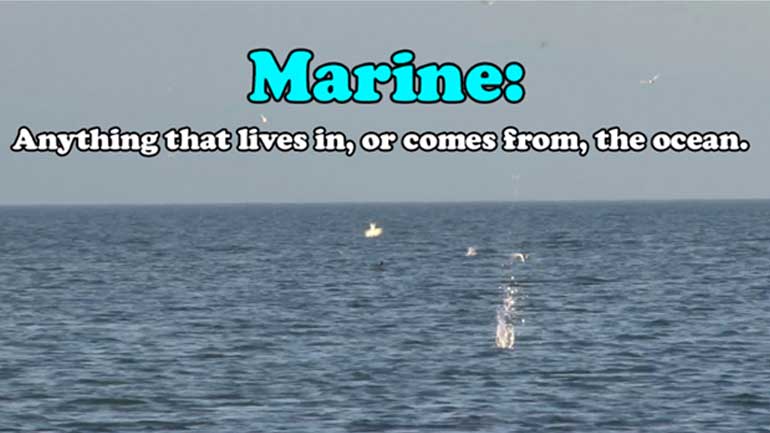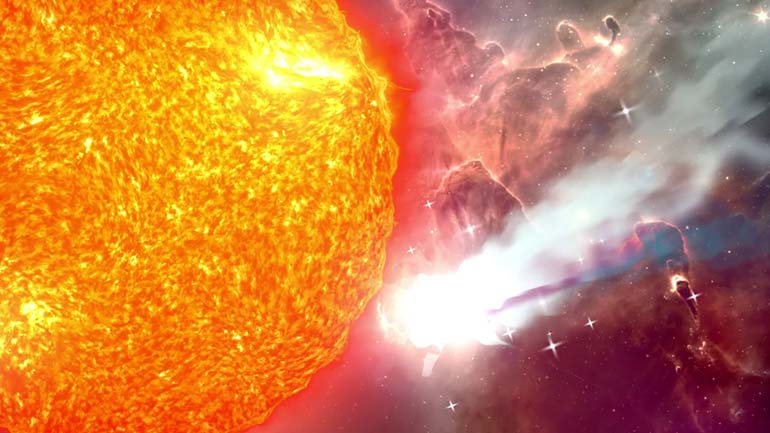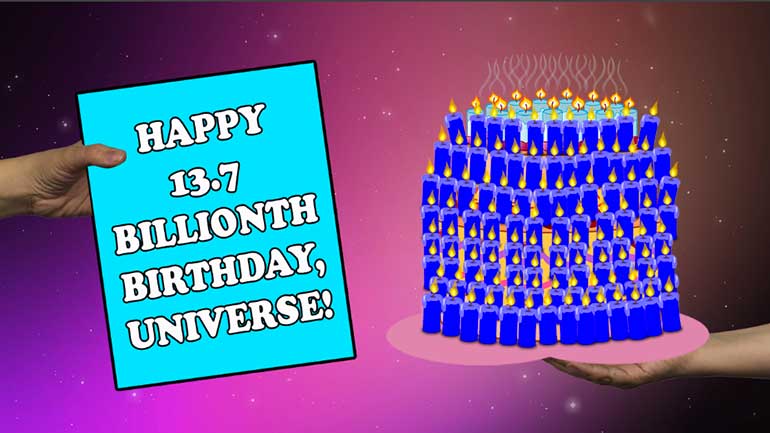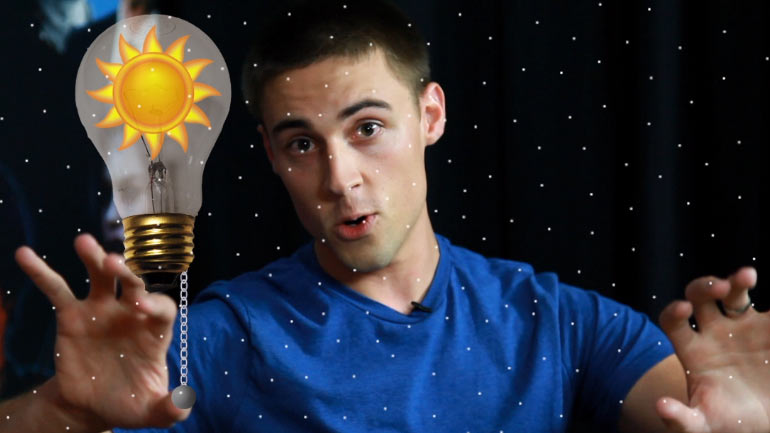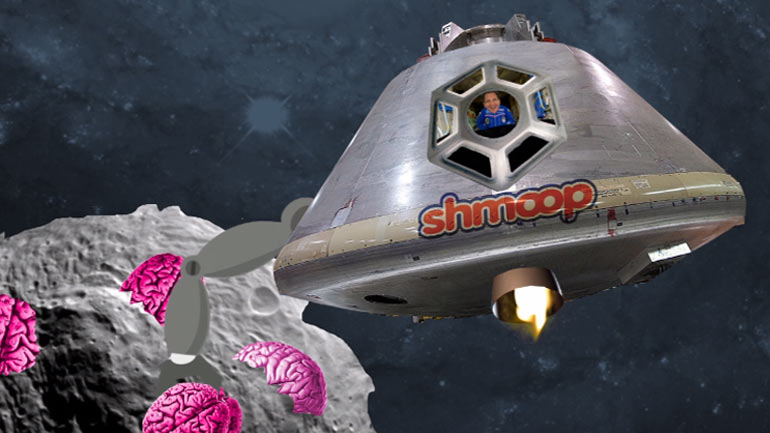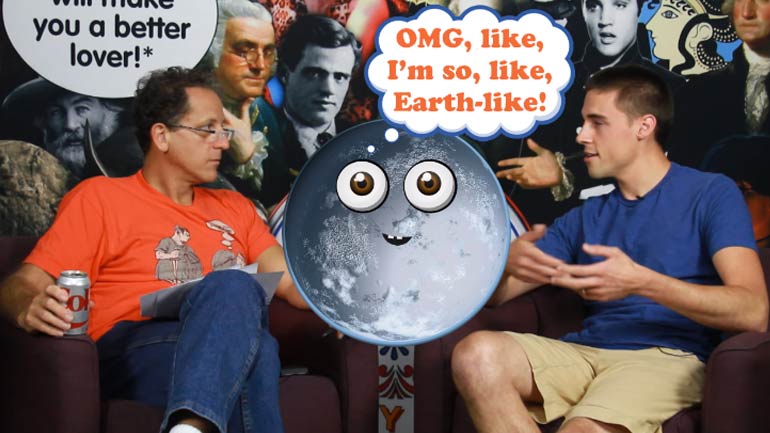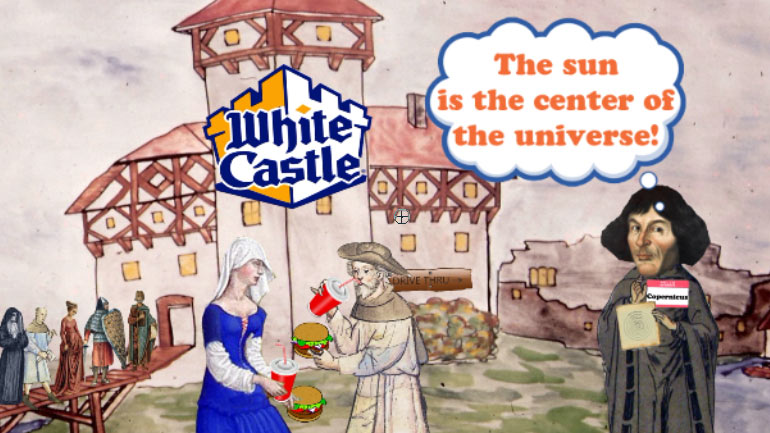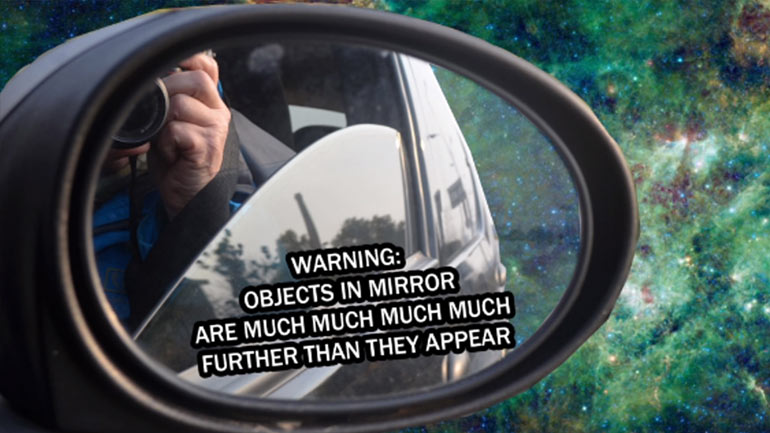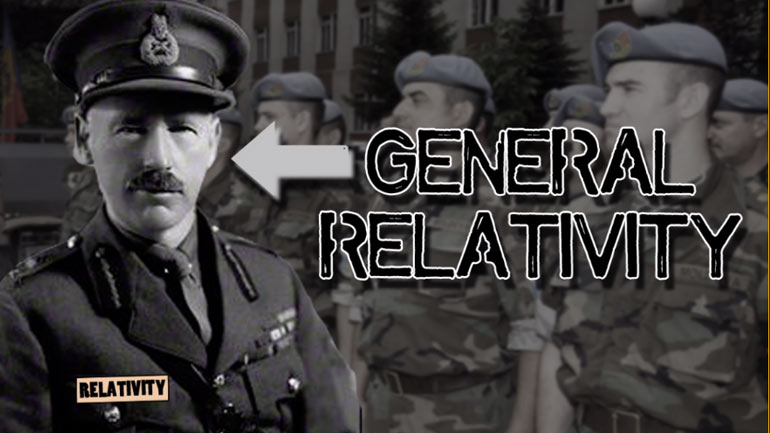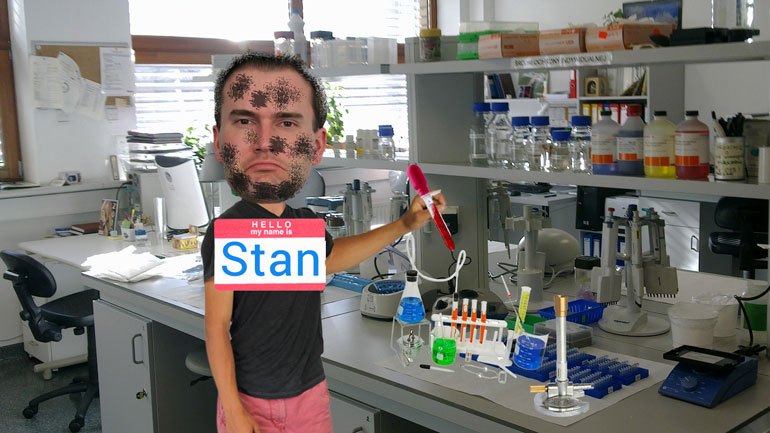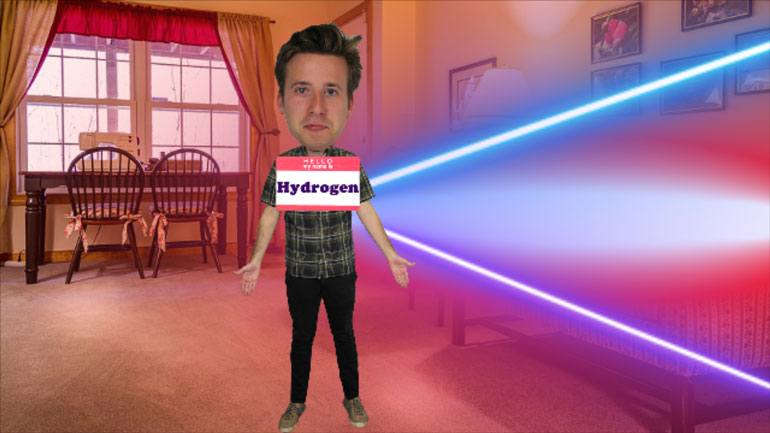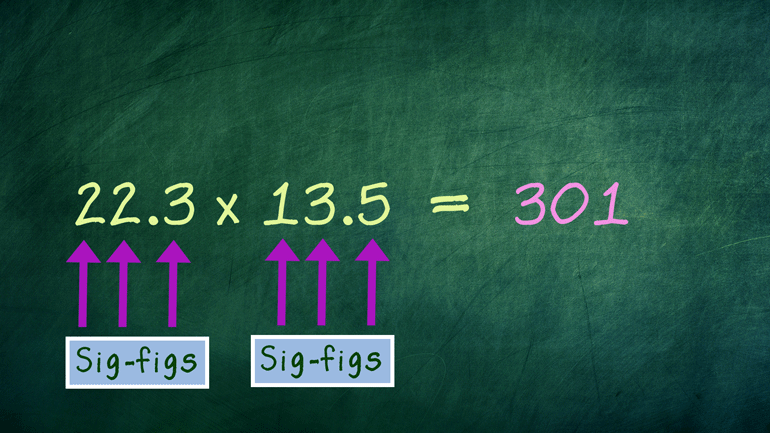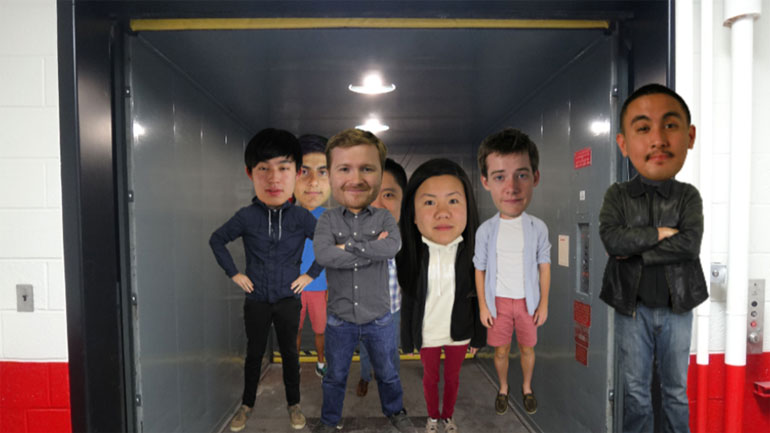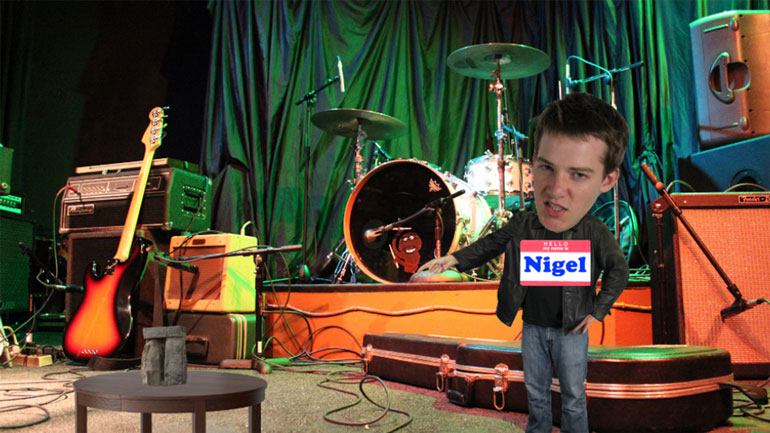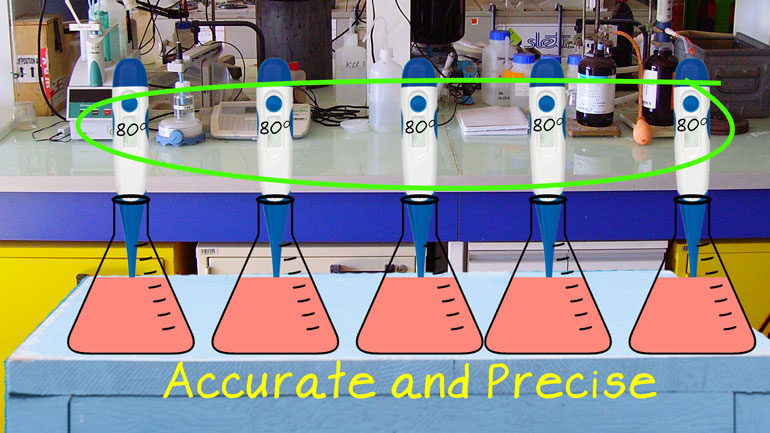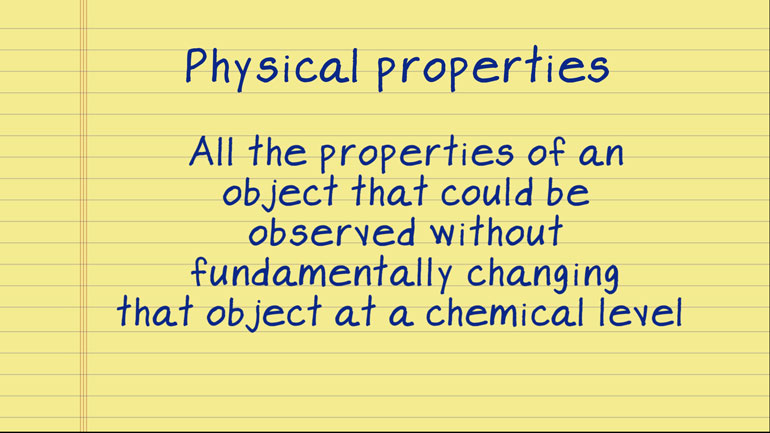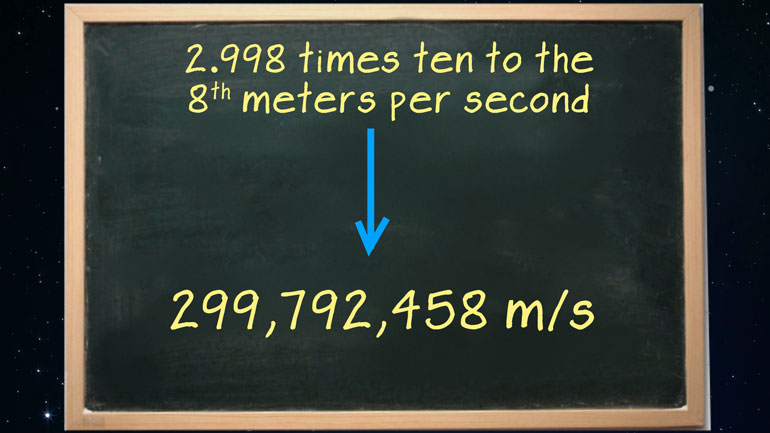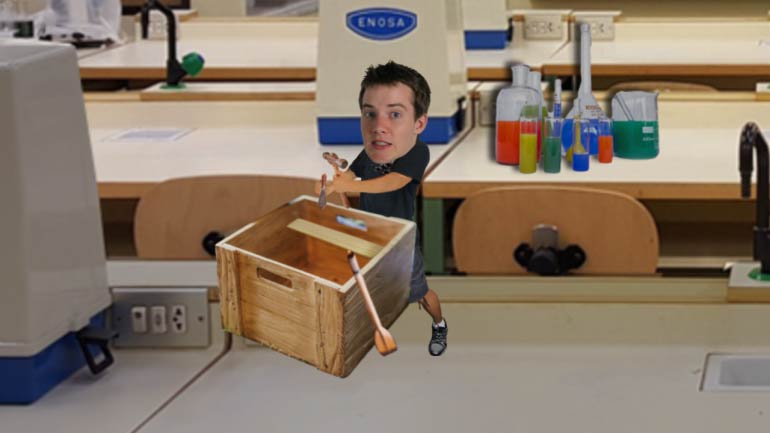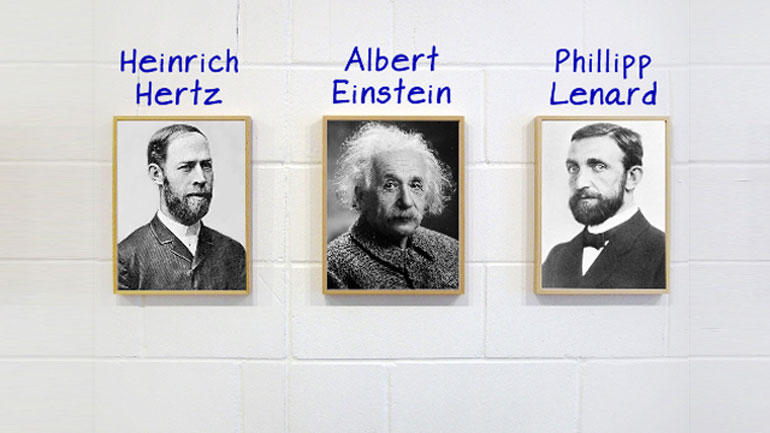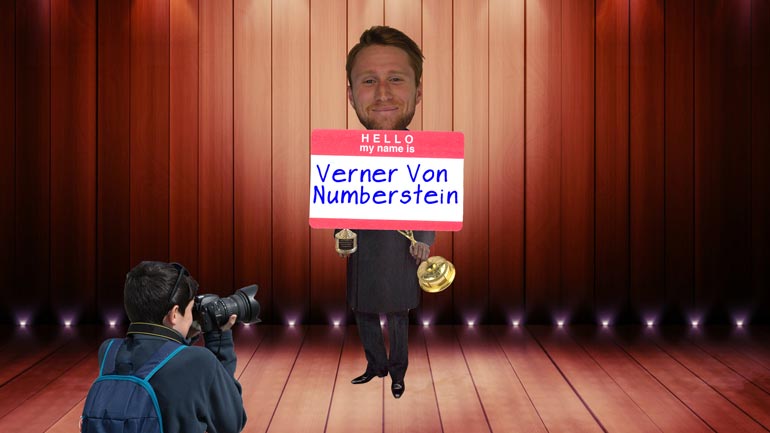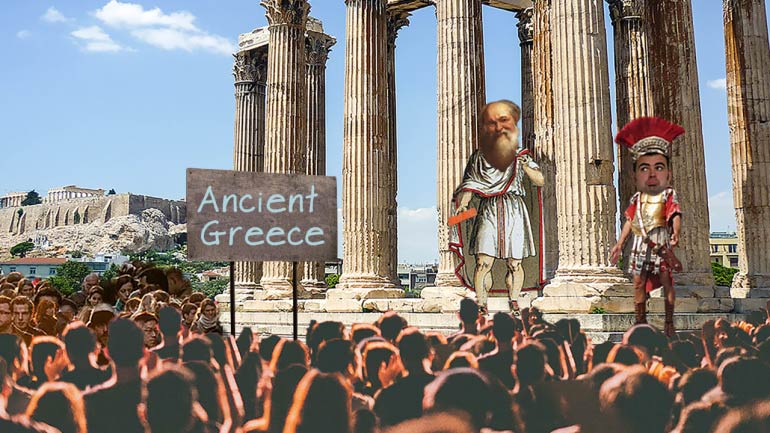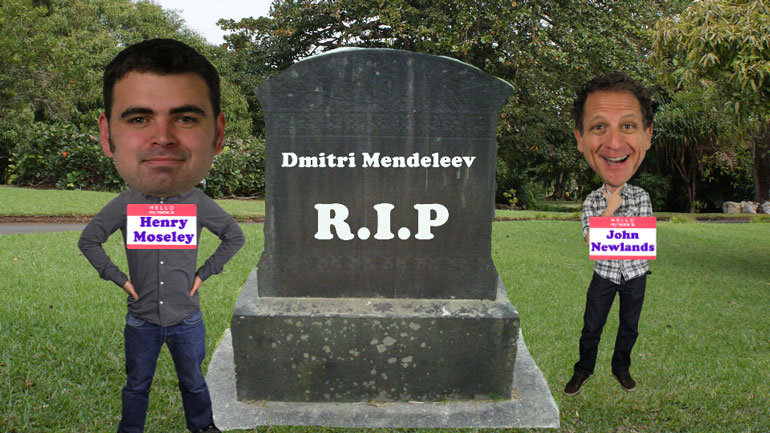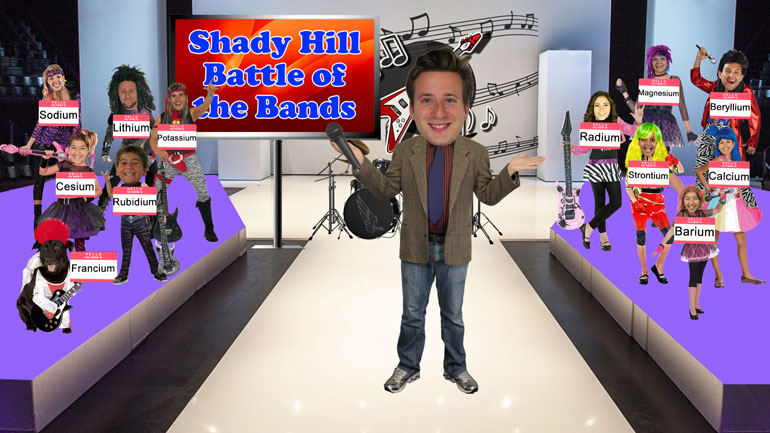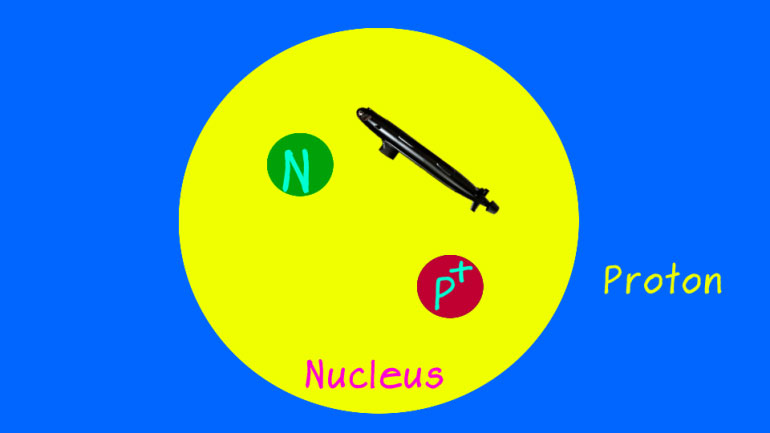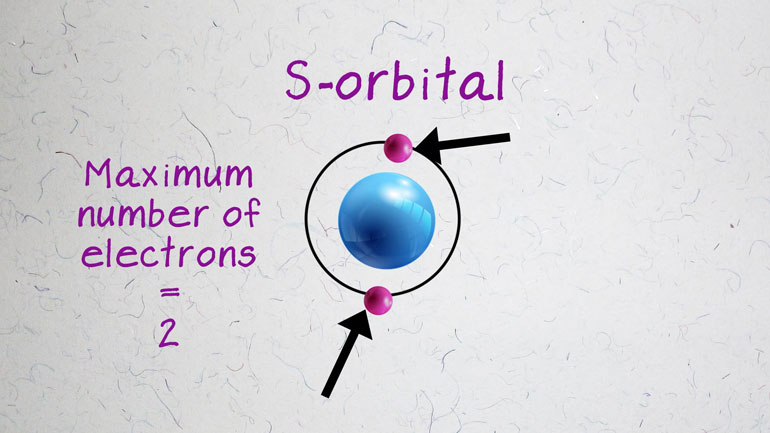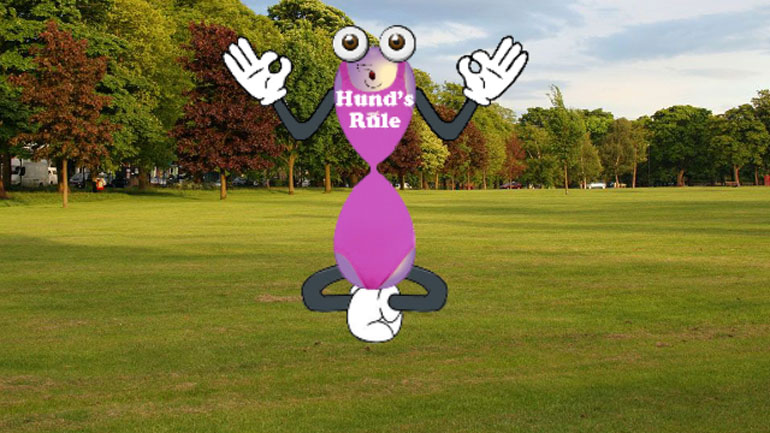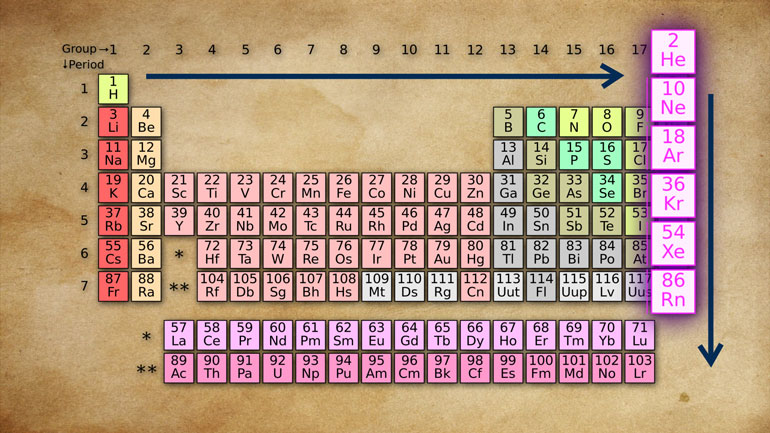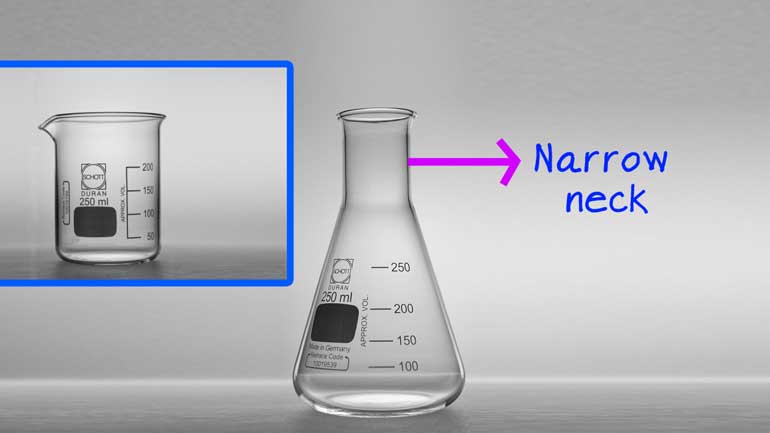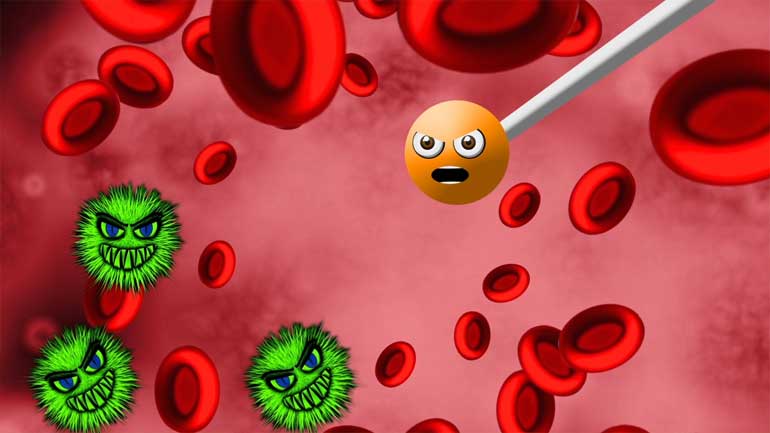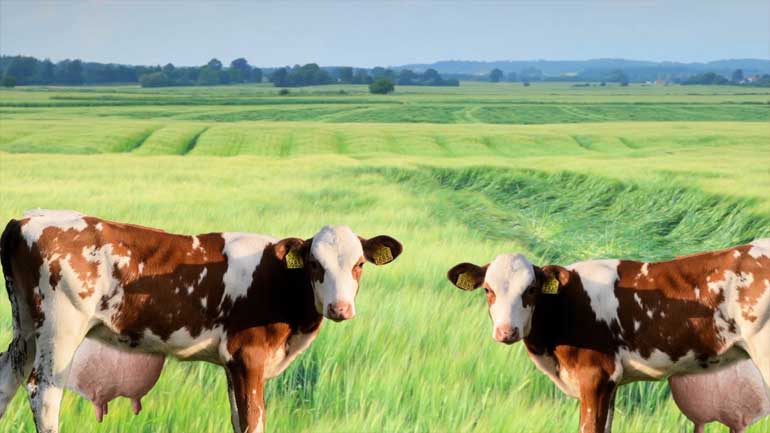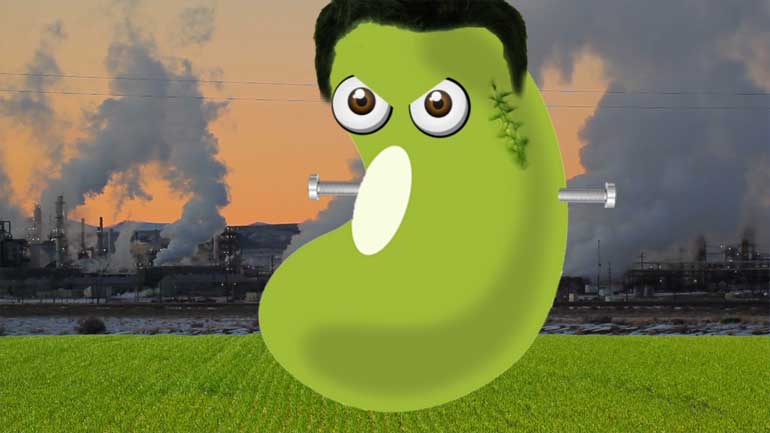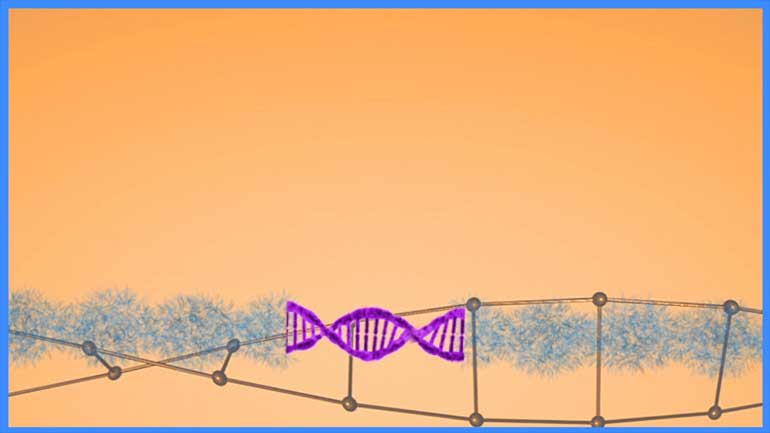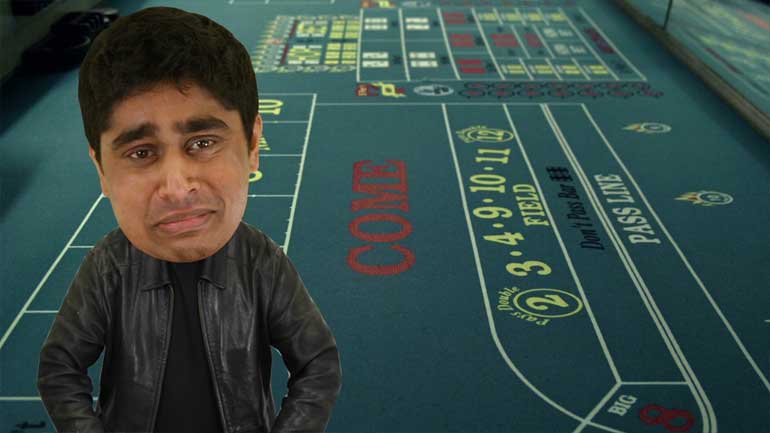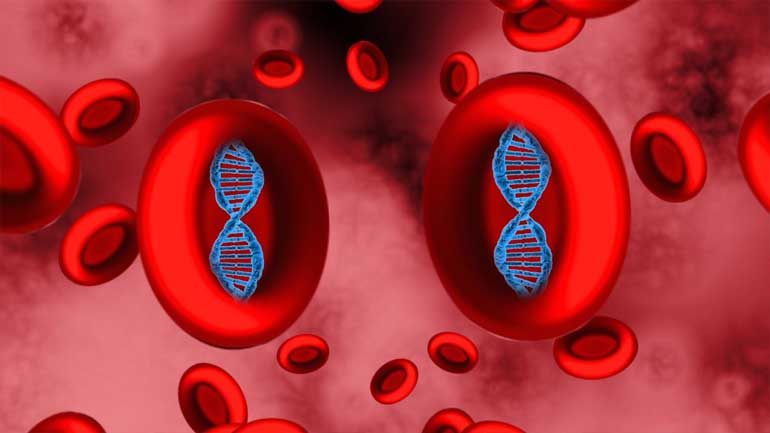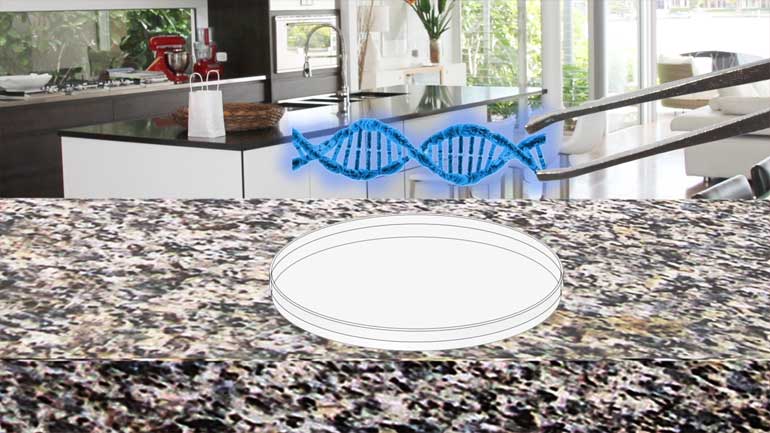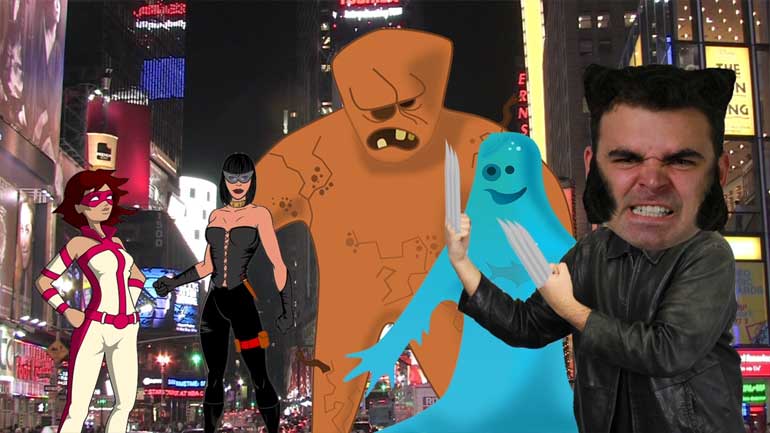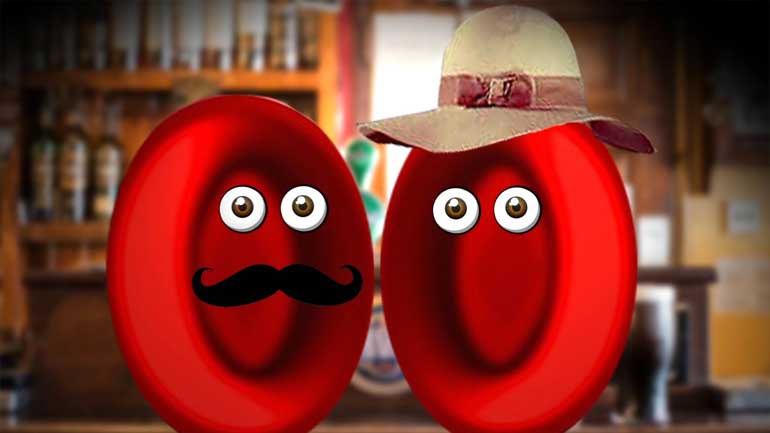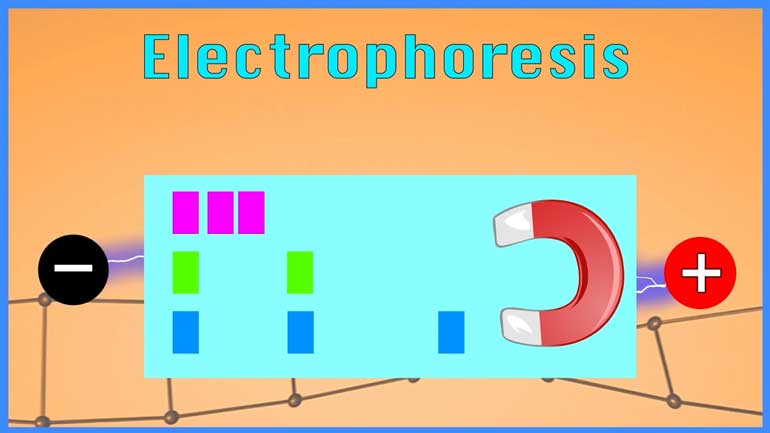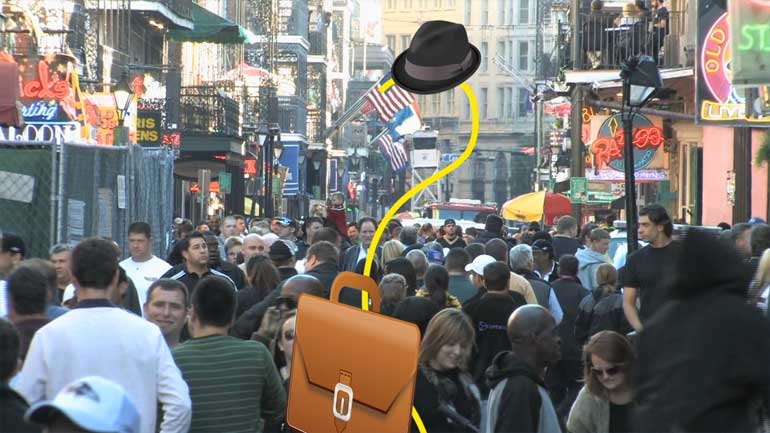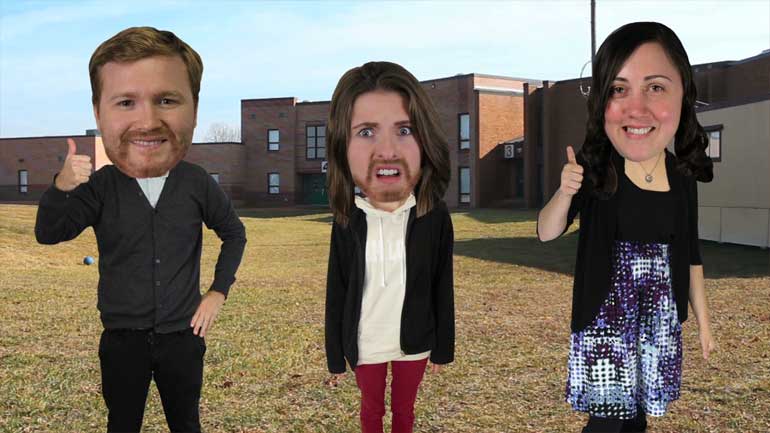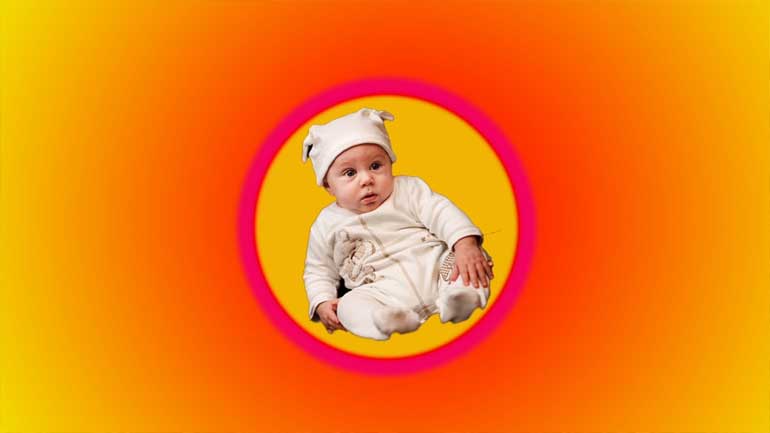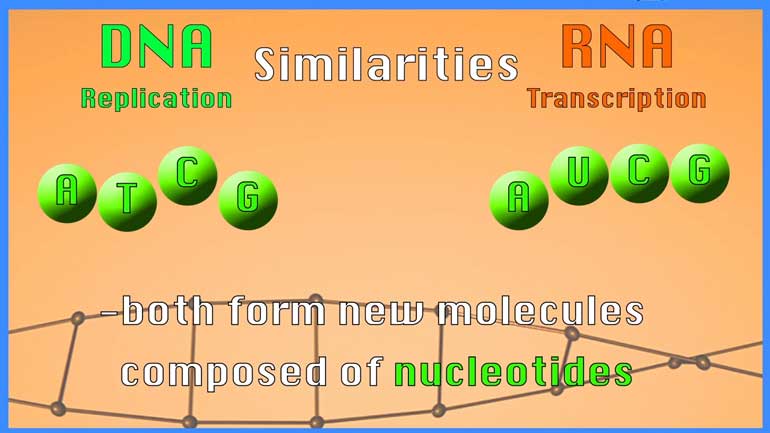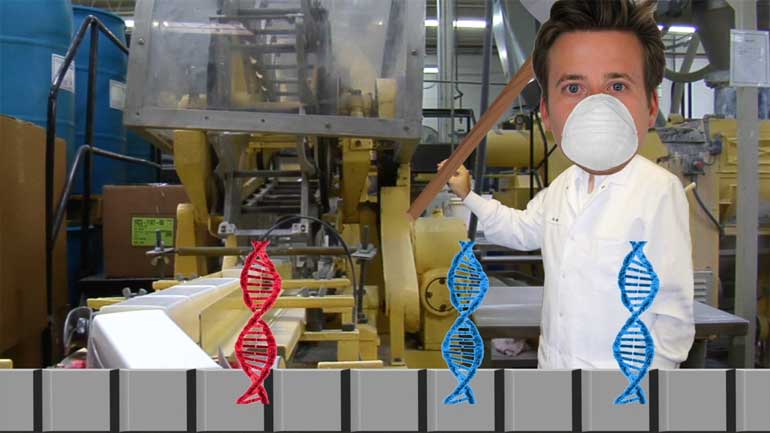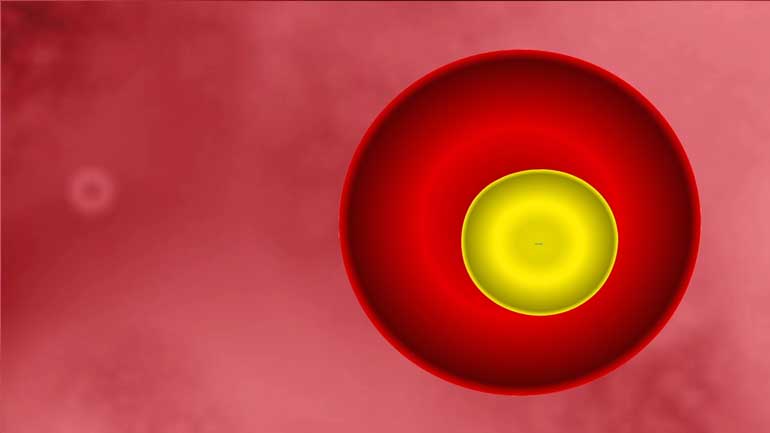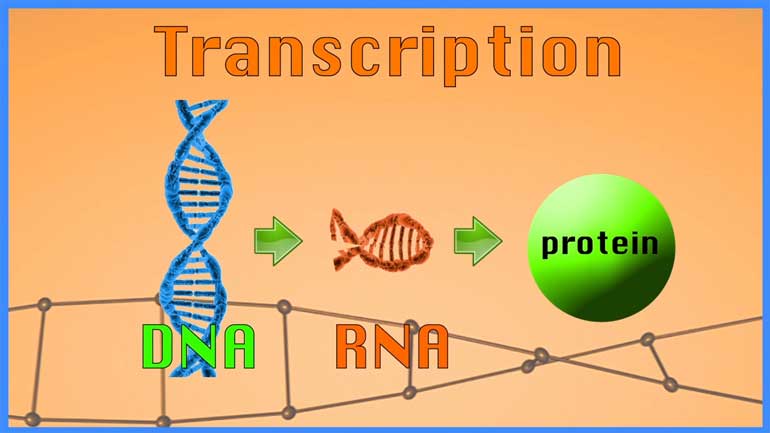ShmoopTube
Where Monty Python meets your 10th grade teacher.
Search Thousands of Shmoop Videos
Science Videos 686 videos
Anything that has a cell (bacteria, listen up!) has phospholipids that keep the cell contained and give it form and shape. Phospholipids protect us...
GMOs. Now that’s a scary word. Or is it? Guess it’s time to ask ourselves: WWMST? ...For those of us who don’t constantly ask ourselves “wh...
Molecular Genetics: DNA Replication 450 Views
Share It!
Description:
In this video from our course on molecular genetics, learn all about DNA replication.
Transcript
- 00:00
[ whoosh ]
- 00:01
We speak student!
- 00:03
[ whoosh ]
- 00:04
[ music ]
- 00:07
Molecular Genetics
Full Transcript
- 00:08
DNA Replication
- 00:10
A la Shmoop
- 00:13
So we have a lot of new people to biology here taking the course.
- 00:16
When you talk about them transcribing into this
- 00:20
or helping with that - walk us through the process.
- 00:23
Tell us the story of an RNA transcribing itself
- 00:27
- or DNA transcribing... - Sure.
- 00:28
How does that work?
- 00:29
Like, we've had two cells, they've been out at a bar on a Saturday night,
- 00:33
they met, they winked at each other. [cell with mustache and one with feminine hat meet]
- 00:35
And now they're gonna replicate.
- 00:36
How does that work?
- 00:37
[ ooh ]
- 00:41
How does DNA replication work?
- 00:44
Okay, so there's a couple different things there.
- 00:45
So, DNA replication is what would happen
- 00:47
when a cell wanted to divide into two cells. [cells duplicate]
- 00:50
So basically, every time a cell divides,
- 00:53
it needs to duplicate its DNA.
- 00:55
Why does a cell divide anyway?
- 00:57
[ laughs ] So, a bunch of reasons.
- 00:59
So one is just as we grow up, we need more cells to get bigger. [human grows bigger]
- 01:04
If you hurt yourself, so if you get a cut, [knife cuts human, bandaid gets put on]
- 01:06
then you need cells to fill in.
- 01:07
Sort of regeneration and wound repair and things like that.
- 01:09
So there's all sorts of reasons.
- 01:10
Our cells are constantly also dying inside us.
- 01:13
So if something goes wrong with your cell,
- 01:14
you wouldn't want it to turn into a cancer cell.
- 01:16
So a cell will die and another cell has to replace it. [healthy cell replaces damaged cell]
- 01:18
[ woo! ]
- 01:19
- Fair enough. - So let's say the cell needs to divide for whatever reason.
- 01:22
So the first thing that happens is, at sites called origins of replication,
- 01:26
that's basically where the replication will start.
- 01:28
An enzyme called DNA polymerase will bind.
- 01:31
So it's an enzyme that makes new DNA, basically. [packman munches down DNA]
- 01:35
So there's an unwinding step that happens.
- 01:38
Remember, DNA is double-stranded,
- 01:40
so you have to unwind it so that, basically, the DNA polymerase can sneak in there.
- 01:43
There's a helicase enzyme that unwinds it like a zipper. [DNA zips open and closed]
- 01:46
[ zipper sound ]
- 01:48
And then the DNA polymerase can come in.
- 01:50
There's first another enzyme, it's kind of complicated,
- 01:52
called a primase that has to come in and make a little RNA primer.
- 01:55
'Cause the DNA polymerase can't start by itself.
- 01:58
It's basically like a little snippet of RNA that binds
- 02:01
and helps the DNA polymerase hang on so it can get started.
- 02:05
So once that's on there, the DNA polymerase can hop on
- 02:08
and it starts adding nucleotides.
- 02:10
Basically following -- it's called semi-conservative replication.
- 02:12
Which means it's using one of the DNA strands as a template
- 02:15
to make the complementary strand,
- 02:17
because of the base pairing rule.
- 02:19
So if it sees an A on one strand, it's gonna add a T to make the next.
- 02:22
And what makes it semi-conservative?
- 02:24
Like it's not in the deep south; it's just kind of in Tennessee maybe. [redneck cell vs. Elvis cell]
- 02:27
[ Elvis impression: "uh-huh" ]
- 02:28
That's the name. They came up with it because,
- 02:30
basically you're using both strands to make a copy.
- 02:33
So it's not like you take two strands
- 02:34
that make a total two new ones.
- 02:36
For some reason they call that semi-conservative.
- 02:38
I don't know what the historical origins were.
- 02:40
Got it. And the logic of the zipper breaking.
- 02:42
I mean, that's a really clear image.
- 02:44
And inside the zipper, you've got... what?
- 02:46
What are the things dangling off it?
- 02:48
So you basically got -- like the teeth of the zipper
- 02:49
are basically the bases that are hanging off
- 02:52
that we've talked about before.
- 02:52
And the bases would be like A, T, C, or G.
- 02:55
So the polymerase would come and would see an A base,
- 02:58
and it would know, "oh, there's an A there,
- 02:59
I gotta match it up with a T on the other strand."
- 03:03
Got it. And this is like, you know, the Sharks and the Jets,
- 03:06
or the Capulets and the -- like, the A goes with T. Period? [sports and literary figures pop up]
- 03:11
Yes. Yup.
- 03:11
And what if an A went with a C or a G?
- 03:14
It would just reject it?
- 03:15
So, yeah, because of the shape of the bases,
- 03:17
they won't really match up well.
- 03:18
Sometimes you can get a mutation where you accidentally
- 03:21
incorporate the wrong base. So DNA polymerase can make a mistake.
- 03:23
So that can result in a mutation.
- 03:25
But, typically, it's pretty good and it puts in the right base.
- 03:27
Got it, okay. So that's like, if you've seen the movie X-Men.
- 03:29
That's probably what happened.
- 03:31
[ whoop ]
- 03:32
How does DNA replication work?
- 03:37
[ Elvis impression: "thank you very much" ]
Related Videos
In this video, we dive beneath the sea to review the kinds of interesting animals that live in the deep blue.
Anything that has a cell (bacteria, listen up!) has phospholipids that keep the cell contained and give it form and shape. Phospholipids protect us...
GMOs. Now that’s a scary word. Or is it? Guess it’s time to ask ourselves: WWMST? ...For those of us who don’t constantly ask ourselves “wh...
